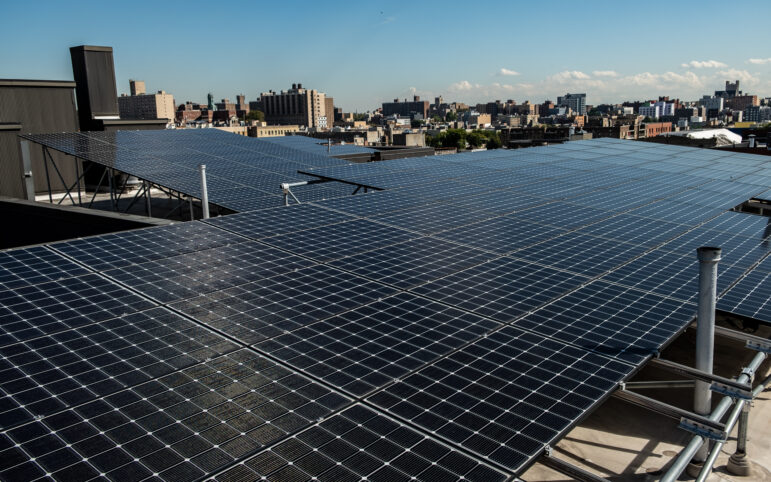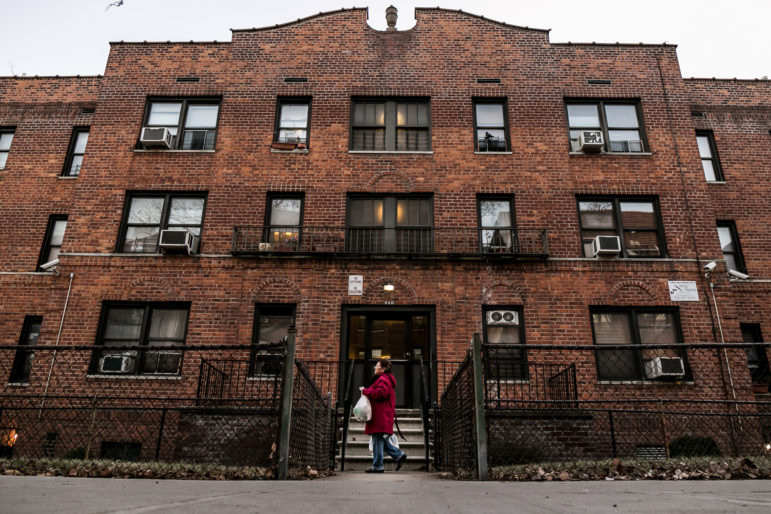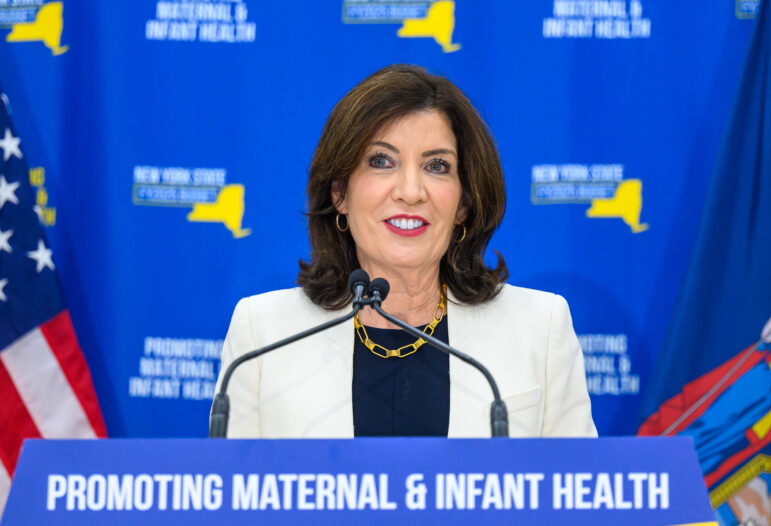
Ed Reed/Mayoral Photography Office
Commissioner Bratton hopes collaborative policing will heal the community-police divide damaged after the killings of Eric Garner and Akai Gurley. But that's not how it worked out last time.
Last month the NYPD rolled out a pilot test of its new collaborative policing initiative in four precincts with an eye to expanding the program citywide soon. The keystone of this initiative, the neighborhood patrol program, aims to improve police-community interactions by having officers regularly patrol small sectors where they will “have time” to “engage with the community” according to Police Commissioner William Bratton.
In the wake of the recent murders by police of unarmed black men, the #BlackLivesMatter movement and others have been calling for reform, but collaborative policing is not the change we need. Its feel-good name and seemingly progressive philosophy elide how the new program—if expanded to the whole city—will push more money towards an already over-funded NYPD, do nothing to stop racially targeted broken-windows policing and further enmesh the police in the daily lives of New Yorkers who need jobs and schools, not more cops with guns and arrest powers.
The patrol plan redeploys police, taking them out of specialized units like narcotics squads to instead regularly patrol one neighborhood. Officers are not required to respond to 911 calls when practicing collaborative policing. Instead they are supposed to talk with community members, partner with businesses, and work with social service providers to solve neighborhood problems.
This might sound like a welcome change to an arrest-based approach, but history shows
that community policing funding is often rerouted to more repressive tactics, and even when implemented, the approach asks police to do work for which they are ill-prepared.
In the 1990s, Mayor David Dinkins tried this patrol strategy (then called “community” policing, but very similar to the current approach). His “Safe Streets, Safe City” initiative raised property and income taxes to fund 6,000 new community policing officers.
By the time the officers were hired and trained, however, there was a new mayor. Rudy Giuliani abandoned community policing, using the extra staff to expand stop-and-frisk and increase broken-windows arrests. Commissioner Bratton was Giuliani’s first police chief in 1994 and he oversaw the end of Dinkins’ community approach. He has never explained why the NYPD killed the program in 1994 or why they are reviving it now.
Crime rates have been falling in New York since the Dinkins era, but the police budget has not reflected this happy change. The murder rate in 2012 (the most recent year with data) was one-sixth its 1991 high, but the police budget rose from $3 billion to $5 billion (adjusted for inflation) during that time. Some would say that a large police force deters crime, but crime went down in cities that did not increase their force size, and certainly at some budget level we must stop the spending. We can cash in the public safety dividend, and the money we save can be spent on schools, hospitals, and housing—things that stop crime before it happens.
Despite the historically unprecedented budget size, City Council Speaker Melissa Mark-Viverito is using collaborative policing to justify more spending. She said earlier this year that the new patrol plan “requires more resources, not less.”
Fortunately, Mayor Bill de Blasio did not include an increase in police spending in his preliminary budget, and we hope the final budget will not expand the bloated department.
Under the new collaborative policing initiative, police are partnering with homeless, mental health and domestic violence services. Police are diverting people who would otherwise be arrested for a minor violation to these service providers. While keeping people out of jail is no doubt an important step in providing help, it is not clear why the police department needs to be involved at all. The NYPD is designed to arrest and intimidate people, not to help them. This was thrown into sharp relief in April when two New York police officers killed David Felix, an unarmed mentally ill man, while trying to arrest him.
Collaborative policing turns problems like homelessness and mental health into police problems, increasing the likelihood they will be addressed with violence and arrests. The city officials who support the new patrol program are too narrowly focused on police solutions to social problems.
Bratton is hoping collaborative policing will heal the community-police divide damaged after the murders of Eric Garner and Akai Gurley. A look at history and the budget, however, suggests the new plan will be more of the same. We have let our police spending grow too large, we have allowed broken-windows policing to incarcerate too many, and we have placed too much faith in police to solve social problems. We do not need collaborative police, we need fewer police.
Brenden Beck is a doctoral student in Sociology at the CUNY Graduate Center. Amanda Matles is a doctoral student in the Earth and Environmental Science Program, Human Geography specialization at the CUNY Graduate Center.








5 thoughts on “Op-Ed: Bratton’s Collaborative Policing Doesn’t Offer Real Reform”
Too many police as it is. End broken windows and only target traditional criminals and the crime rate will plummet.
if black people committed crimes at the same rate as white people we would not have to build anymore jails and, as time progressed we would have to close hundreds of them….it could wind up laying off 100,000 cops…because they wouldn’t be needed.
Bratton excuses to not hire Black Americans on the NYPD sound like the same excuses my parents encountered during the Jim Crow era ..This is truly offensive and reveals the bigotry of Bratton
Well, it seems M-Viv doesn’t know what community policing is, oh now it’s rebranded as “collaborative”
Why Accountability asks Madame Speaker Viverito W…: https://youtu.be/xcnRLLqYJuU
The police aren’t paid to be social workers. Foot patrols may look good but are an inefficient use of NYPD resources.